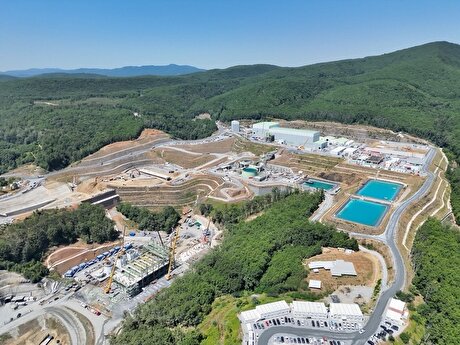
Third Smart Tehran Conference: Too Much Hoopla About Nothing
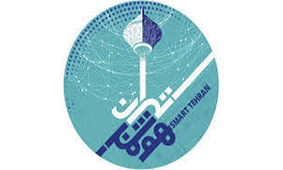
With close to a thousand people gathered at Milad Tower and nationalist music playing in the background, Tehran Mayor Pirouz Hanachi, ICT Minister Mohammad Javad Azari Jahromi and Tehran City Council Chairman Mohsen Hashemi Rafsanjani went on stage to unveil the Iranian capital’s latest projects to make it a smart city.
However, what they unveiled, in reality, was a few low-key schemes with little to no impact, including a website allowing people to buy subway tickets.
Jahromi appeared unaccompanied by senior ICT Ministry officials—who used to be treated like rock stars at tech gatherings over the past few years—and refused to take questions from reporters about the elephant in the room.
It was Jahromi’s first public appearance after the weeklong internet shutdown that went underway on Nov. 16, following widespread violent protests over the government’s unexpected decision to impose a threefold hike in fuel price. He did not mention the shutdown even once and spoke about his ministry’s efforts for transforming Iranian metropolises into smart cities.
Hashemi took the stage but stuck to generalities, sloganizing how smart solutions can help curb bureaucracy et al. He also called on the government to facilitate data-sharing projects between state agencies and public institutions.
The First Smart Tehran Congress was held in 2017 and during Mohammad Ali Najafi’s tenure as Tehran mayor. The previous two editions of the event offered more substance and less rhetoric. For instance, during the second round, an open API portal was launched by the city council.
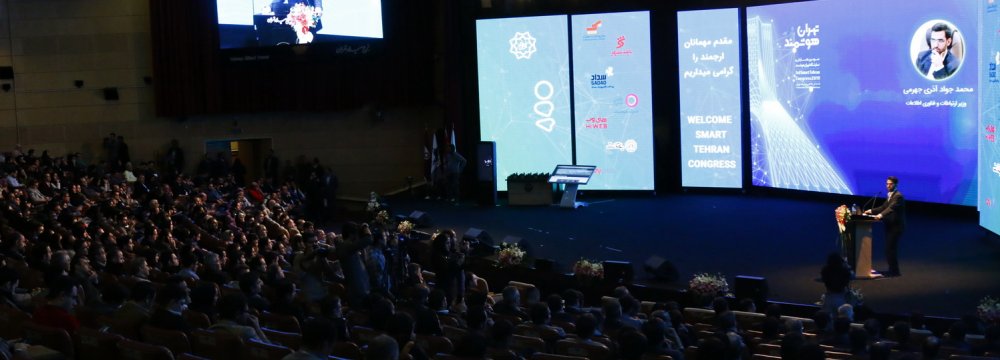


Newmont nets $100M payment related Akyem mine sale

First Quantum scores $1B streaming deal with Royal Gold

Caterpillar sees US tariff hit of up to $1.5 billion this year
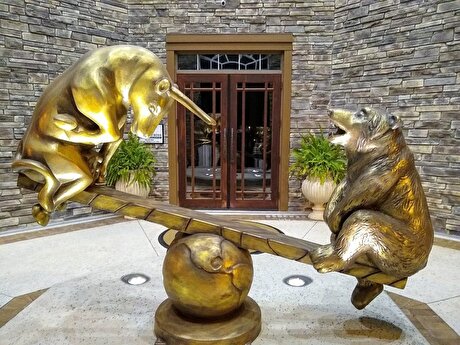
Gold price rebounds nearly 2% on US payrolls data

Copper price collapses by 20% as US excludes refined metal from tariffs

St Augustine PFS confirms ‘world-class’ potential of Kingking project with $4.2B value

B2Gold gets Mali nod to start underground mining at Fekola

Goldman told clients to go long copper a day before price plunge

Copper price posts second weekly drop after Trump’s tariff surprise

Codelco seeks restart at Chilean copper mine after collapse

US slaps tariffs on 1-kg, 100-oz gold bars: Financial Times
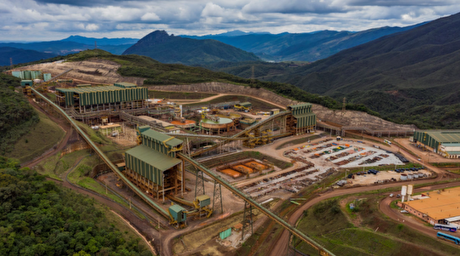
BHP, Vale offer $1.4 billion settlement in UK lawsuit over Brazil dam disaster, FT reports
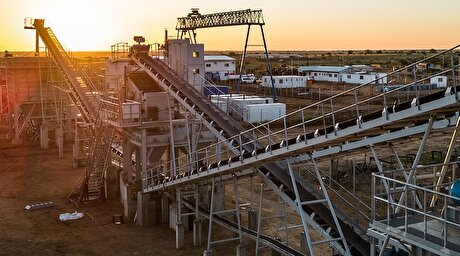
NextSource soars on Mitsubishi Chemical offtake deal

Copper price slips as unwinding of tariff trade boosts LME stockpiles

SAIL Bhilai Steel relies on Danieli proprietary technology to expand plate mill portfolio to higher steel grades

Alba Discloses its Financial Results for the Second Quarter and H1 of 2025

Australia weighs price floor for critical minerals, boosting rare earth miners

Australia pledges $87M to rescue Trafigura’s Nyrstar smelters in critical minerals push

Fresnillo lifts gold forecast on strong first-half surge

US slaps tariffs on 1-kg, 100-oz gold bars: Financial Times

BHP, Vale offer $1.4 billion settlement in UK lawsuit over Brazil dam disaster, FT reports

NextSource soars on Mitsubishi Chemical offtake deal

Copper price slips as unwinding of tariff trade boosts LME stockpiles

SAIL Bhilai Steel relies on Danieli proprietary technology to expand plate mill portfolio to higher steel grades

Alba Discloses its Financial Results for the Second Quarter and H1 of 2025

Australia weighs price floor for critical minerals, boosting rare earth miners

Australia pledges $87M to rescue Trafigura’s Nyrstar smelters in critical minerals push

Fresnillo lifts gold forecast on strong first-half surge














